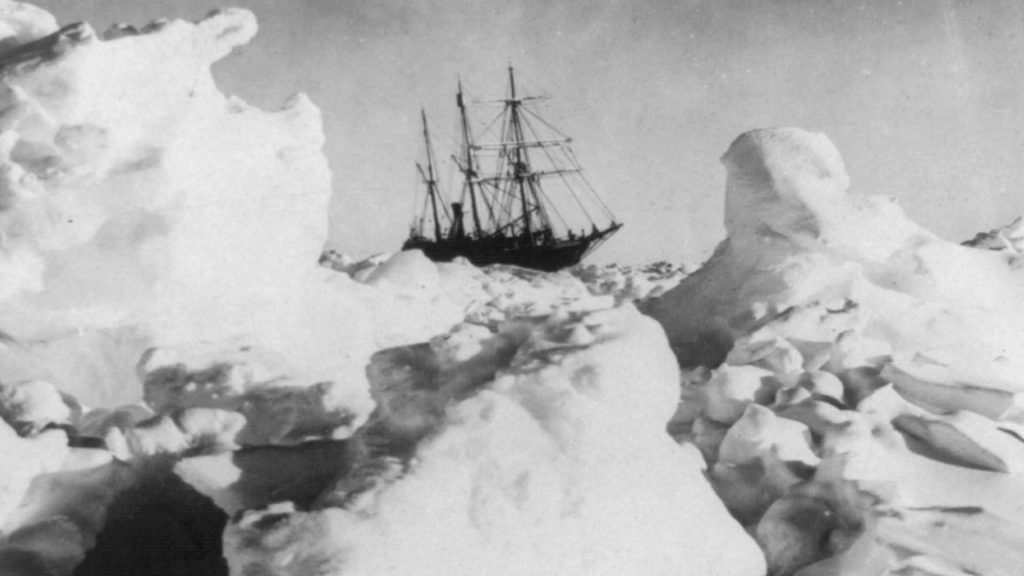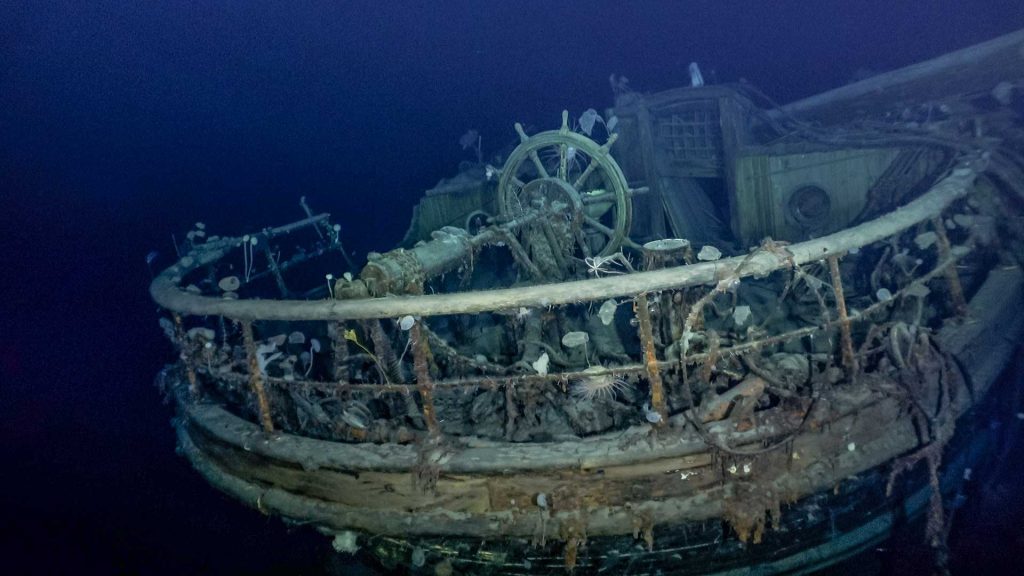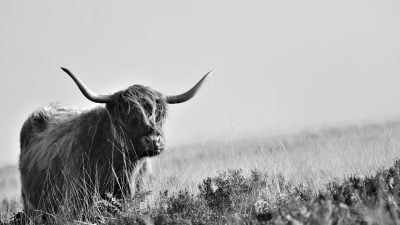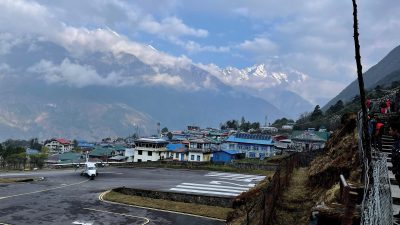Home / Latin America & Antarctica / Antarctica / Discovering Shackleton’s End…

Discovering Shackleton’s Endurance
Endurance has gone down in history, and in more ways than one. It was the ship that carried Sir Ernest Shackleton and his crew of 27 during the Imperial Trans-Antarctic Expedition in 1914. It has also literally gone down into the frigid waters of Antarctica, thought never to be seen again.
While the expedition gave birth to one of the greatest survival stories in the history of modern exploration, with all the crew surviving over two years stranded on floating pack ice and eventually on Elephant Island, the vessel itself was not so lucky. It was caught in the drift ice and Shackleton and his crew watched in disbelief as the vessel was crushed by the ice flow and eventually pulled beneath the waves on November 21, 1915. The ship was gone, and with it any realistic chance of rescue—or so they thought.
But the ship’s name would prove prophetic. Shackleton christened the vessel Endurance after his family motto fortitudine vincimus, which is Latin for “By endurance we conquer.” No better motto could describe the eventual rescue of Shackleton and his crew. Through dogged perseverance, amazing navigational skills, and an enormous faith in his own abilities, Shackleton, the captain Frank Worsley, and four others made a heroic 15-day voyage in an open ship’s boat over 1,300km to South Georgia Island, where they arranged for the rescue of the rest of the crew stranded on Elephant Island.
Photographer Frank Hurley captured much of the voyage, sinking, stranding, and eventual rescue on film. Based on Hurley’s images (seen above) of the vessel trapped and crushed by ice, it’s hard to fathom that Endurance would ever be seen again. And yet, our world is one full of discovery and the latest generation of explorers have brought Endurance back into the headlines with their rediscovery of the remarkably-preserved wreck of Endurance on March 5, 2022. The ship, much as the legendary story of exploration and heroism, has endured.
The Southern Edge of the World

First mention of Antarctica appears in the time of Ancient Greece. The Greek philosophers, including Aristotle, knew about the Arctic from sailing voyages, which they dubbed arktos or “the bear,” named for the constellation of the Great Bear, Ursa. The philosophers knew the world was a sphere, so they postulated that something had to exist at the opposite pole to the Arctic to balance out the world. They called this undiscovered land mass ant-arktos, meaning “opposite the bear.”
It took well over 2,000 years for humans to lay eyes on the fabled seventh continent. In the late 18th and early 19th century, whaling and sealing voyages would venture south when rounding Cape Horn at the tip of South America, but they would not risk going further due to the grave dangers of floating ice and strong sea winds, conditions that persist to this day in the Drake Passage.
Captain James Cook, with the ships HMS Resolution and HMS Adventure, was the first to cross the Antarctic Circle on January 17, 1773, but he only came within 80km of Antarctica, never sighting land, but merely icebergs and rock deposits promising land further south. It wasn’t until January 27 or 28, 1820 that two Russian ships, Vostok and Mirnyi, would finally sail within sight of Antarctica. The first undisputed landing on Antarctica took another 75 years, when Henryk Bull led his whaling team to land at Cape Adare on January 24, 1895.
Once the continent had been touched, it was only a matter of time before people would want to explore it—when legendary Mount Everest explorer George Mallory was asked why he climbed the mountain, he replied, “Because it is there!” This desire to conquer the unknown led men such as Robert Falcon Scott, Roald Amundsen, Douglas Mawson, and, of course, Ernest Shackleton to explore Antarctica during a period that came to be known as the Heroic Age of Antarctic Exploration.
Shackleton’s Quest

Sir Ernest Shackleton made his first journeys into Antarctic waters in 1902 and 1907 as part of the Discovery and Nimrod expeditions, respectively. By 1914, Shackleton was determined on reaching the South Pole in the heart of Antarctica, so he put forward a new expedition, the Imperial Trans-Antarctic Expedition. He discussed this dream with old harried sailors and new explorers, including Australian Frank Hurley, who would become the expedition’s official photographer.
Despite the delays caused by World War I, Shackleton and his crew set out on Endurance from Buenos Aires, Argentina on October 26, 1914. However, by early December, after leaving South Georgia Island, Endurance was already slowed by pack ice. By February 14, 1915, Endurance was trapped in the ice.
For 10 months, the immobilized vessel drifted with the ice floes, while crew members camped out on the ice and waited for their surroundings to thaw. But as spring arrived the following September, the pressure of the shifting ice began to warp, crush, and twist the boat’s wooden frame. Frank Hurley captured this all on film, preserved in his remarkable photographs to this day.
By October, the ship had flooded beyond repair and all hopes of a return trip were lost. The ship slipped beneath the waves on November 21. Forgotten in the dark depths of the Antarctic waters for over 106 years, Endurance, as did its leader and crew, passed into legend.
Rediscovering Endurance

While biographers and historians have chronicled the saga of Shackleton and Endurance for years, the precise location of the wreck remained a mystery for over a century. However, in July 2021, the Falklands Maritime Heritage Trust announced a new expedition, Endurance22, which would search for the vessel’s resting place. Relying on new submersible technology and the notes of Captain Frank Worsley, the Endurance22 team set out in February 2022 and searched for two weeks, using two submersible crafts to scan the seafloor in a 388-square-kilometre area.
On March 5, 2022, Endurance22 found the wreck, lying 3,008m deep on the floor of the Weddell Sea and only 6.4km to the south of where Frank Worsley had predicted in his notes. To almost everyone’s surprise, the vessel is in excellent condition, despite the time spent in the water and the expectation that the ice had crushed the vessel beyond recognition. In fact, the ship sits upright on the ocean floor and remains intact. As marine archaeologist and expedition director Mensun Bound told BBC News, it was “Without any exaggeration the finest wooden shipwreck I have ever seen. By far.”
As the wreck is designated a protected historic site and monument under the Antarctic Treaty System, it cannot be touched, nor can anything be removed from it. Rather, Endurance22 researchers took ultra-high-definition 3D scans in order to capture a digital recreation of the wreck.
Over 100 years after its initial loss to the Antarctic waters, Endurance continues to capture imaginations and inspire a new generation of explorers to brave the sea ice and explore the haunting, breathtaking landscape of the South Pole.
If you are bold enough to visit Antarctica, you can walk in the footsteps of Shackleton and his crew and visit the whaling station on South Georgia Island where he heroically sailed to in order to rescue his crew. You will not be forced to undergo the hardships that Shackleton and other Antarctic explorers of the early 20th-century underwent. In fact, you can enjoy complete luxury and comfort during your journey.
But that moment you step foot on one of the last true frontiers on our planet and become one of the few humans to ever walk the shores of the great white continent, you are transported to another time, another place, and filled with the spirit of exploration that endures to this day.
This article was originally published in Vol. 29 of Globetrotting Magazine.
Get more travel inspiration by email.
Subscribe
0 Comments

Get the latest travel trends & hear about the best deals on vacations around the world.
If you’re a Globetrotter, these are the newsletters for you!



